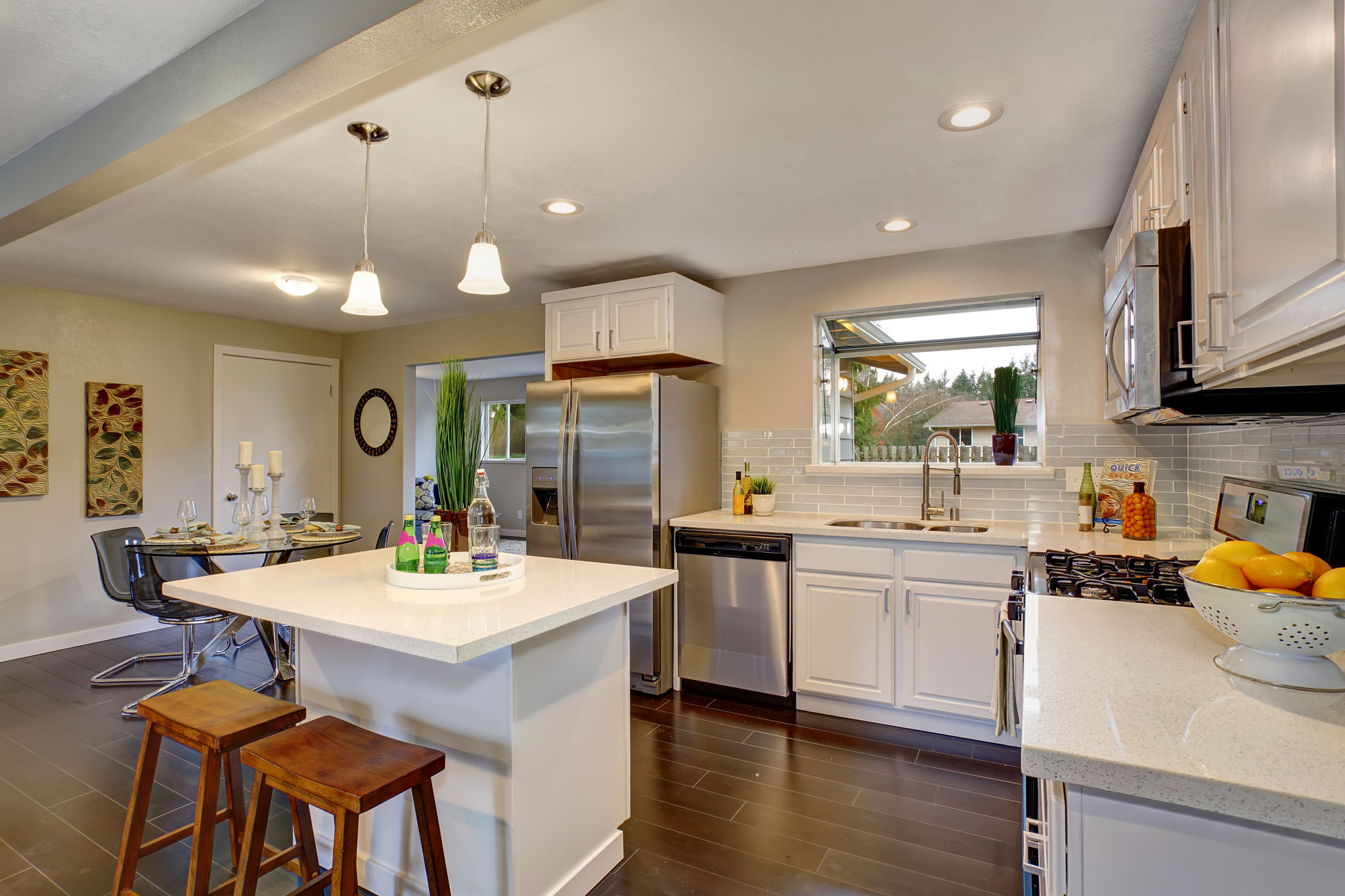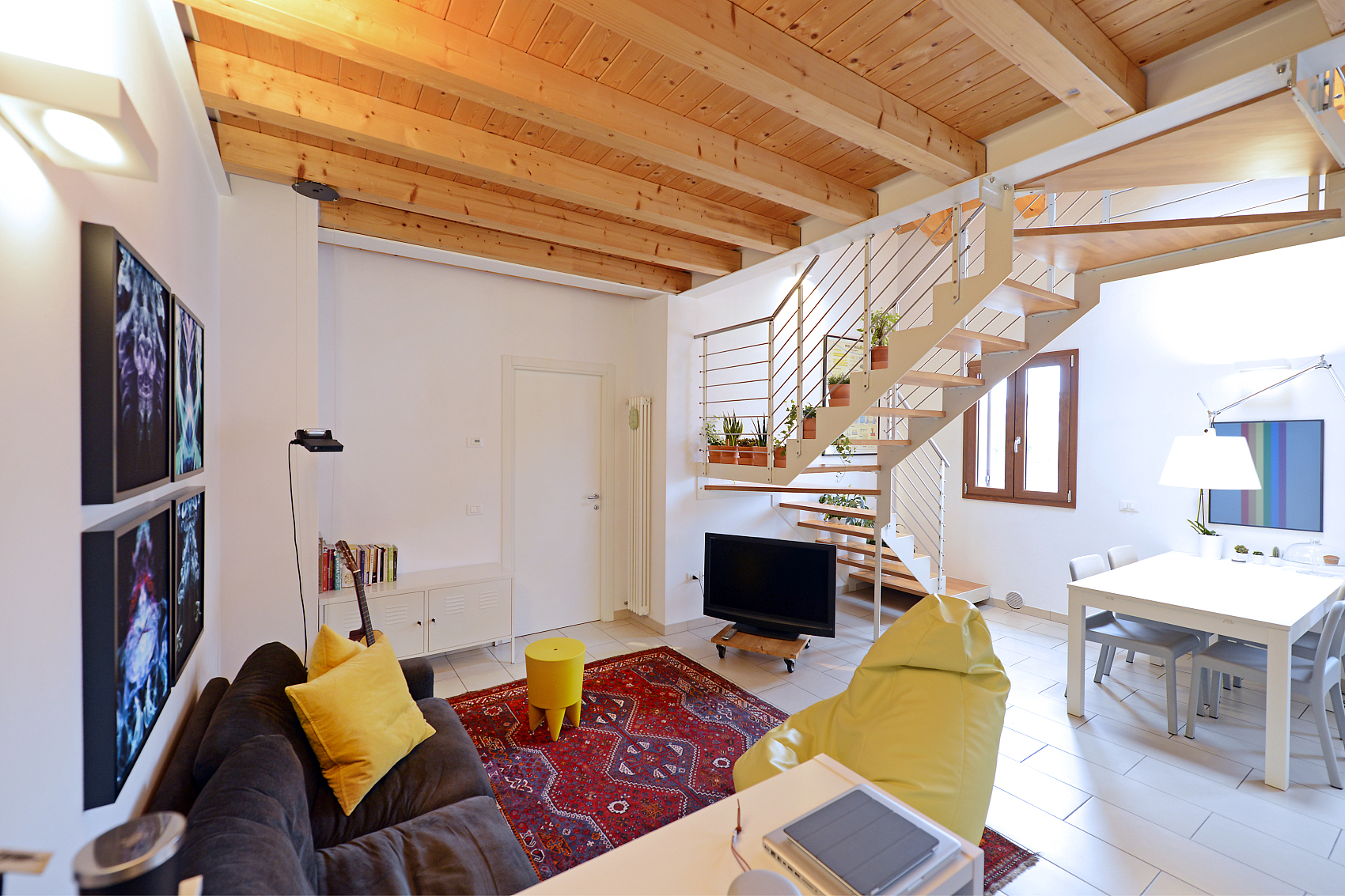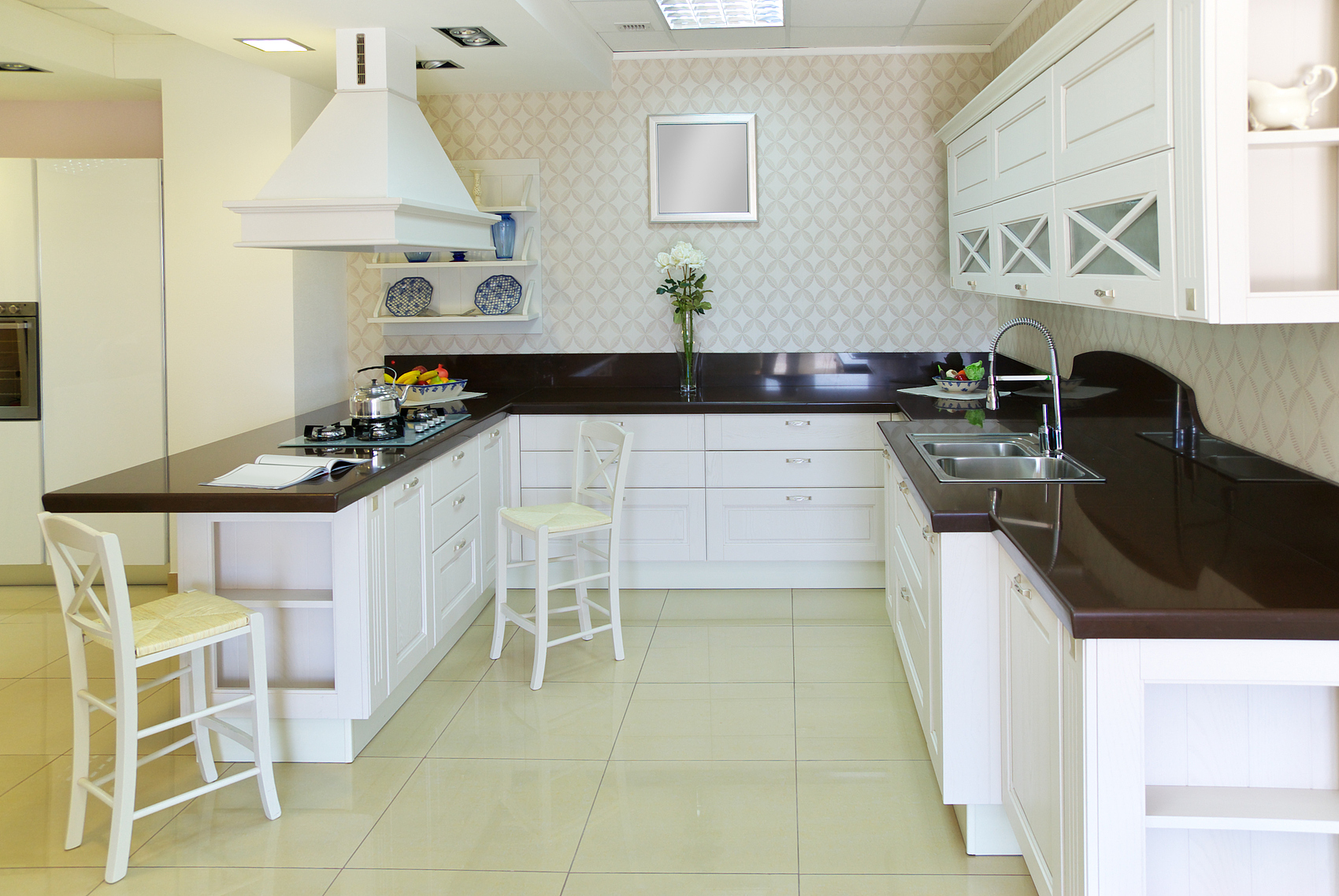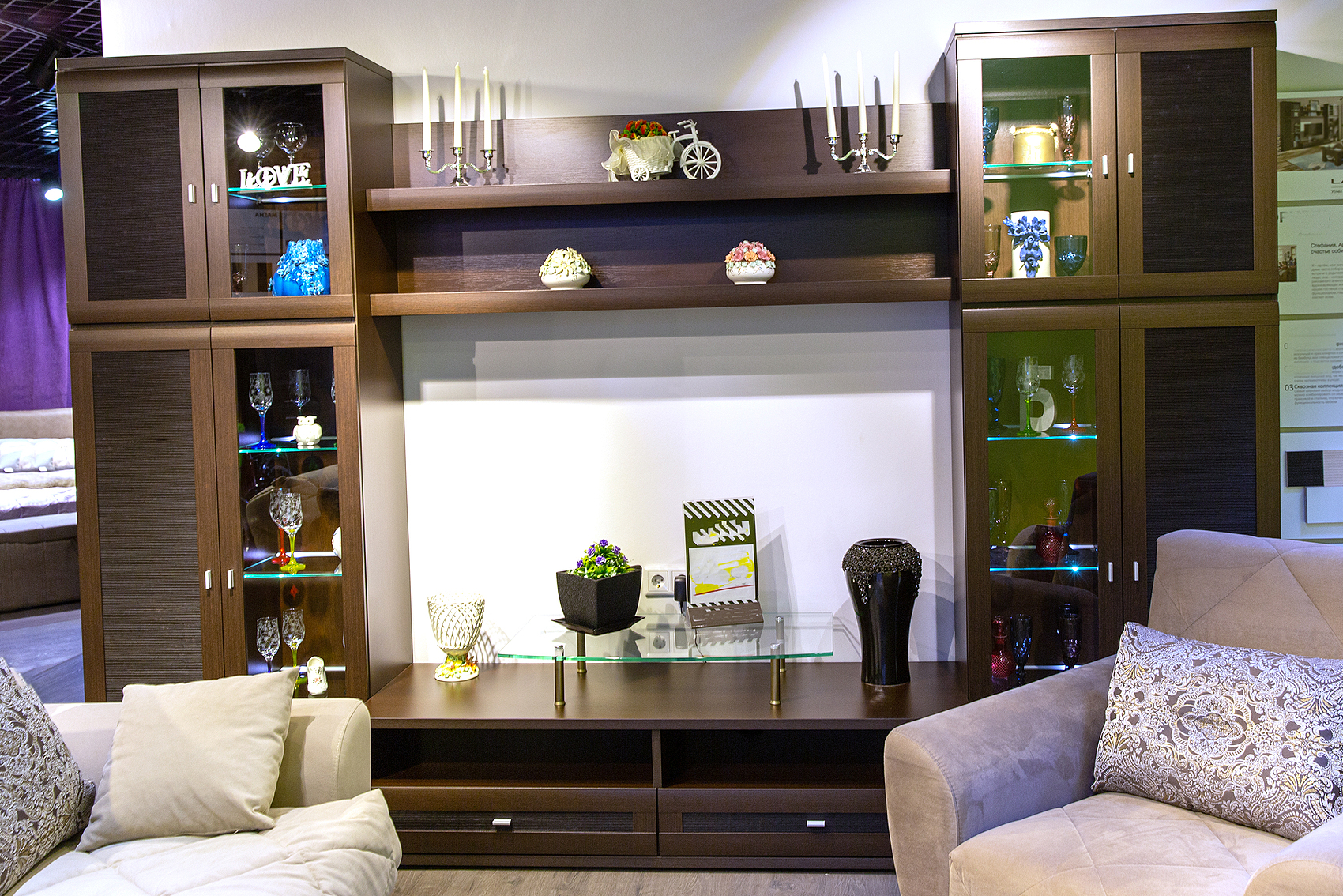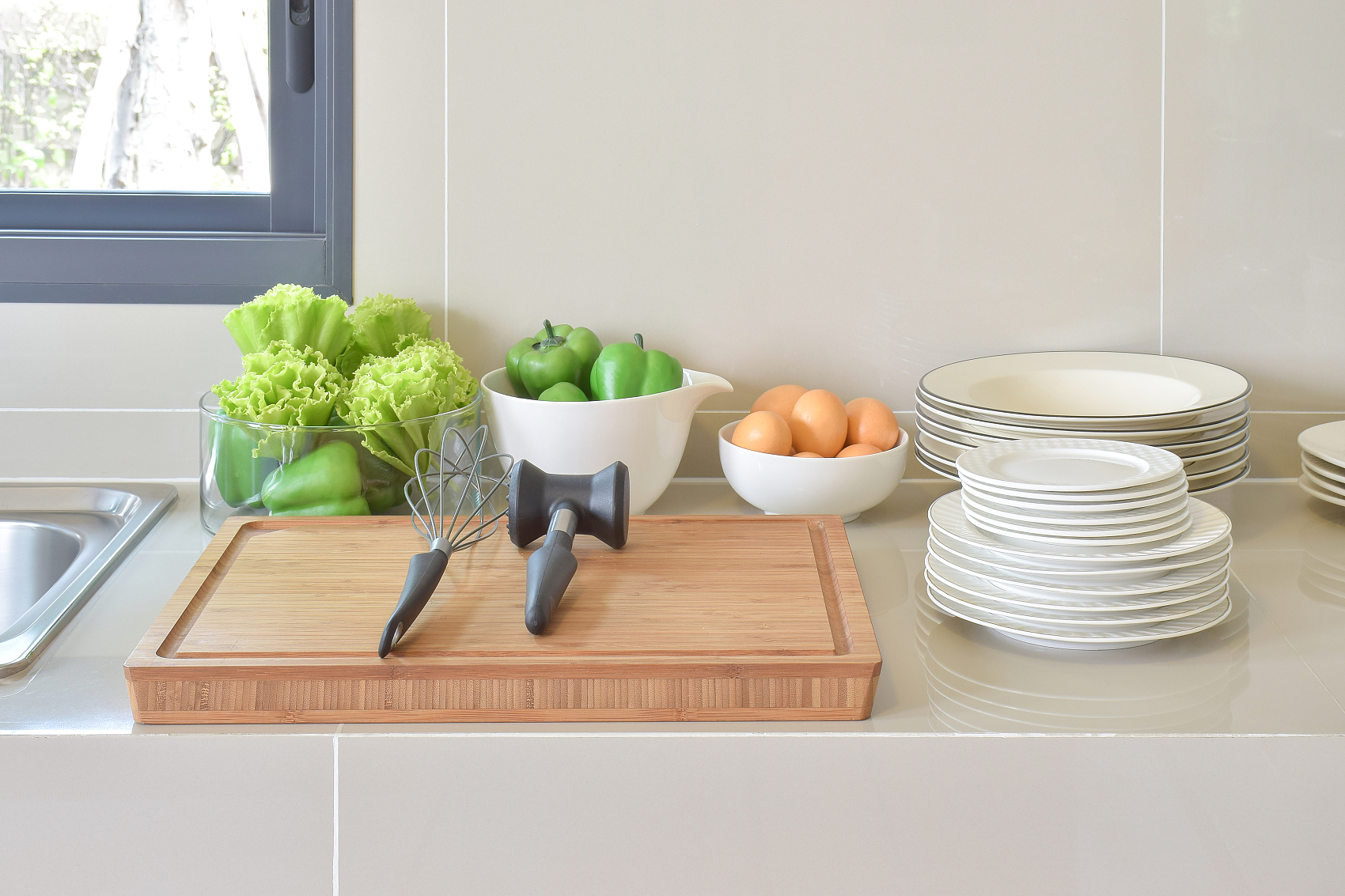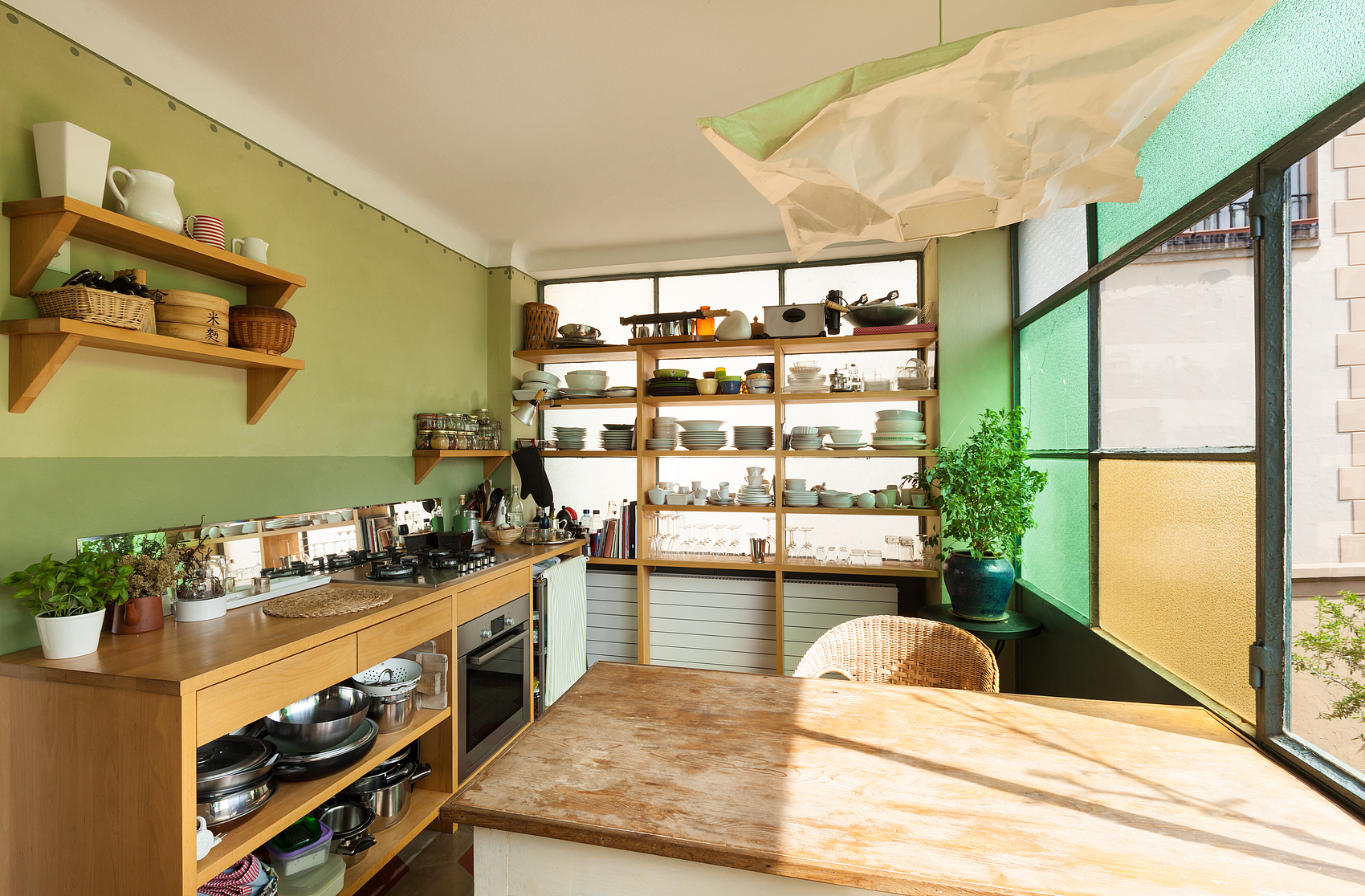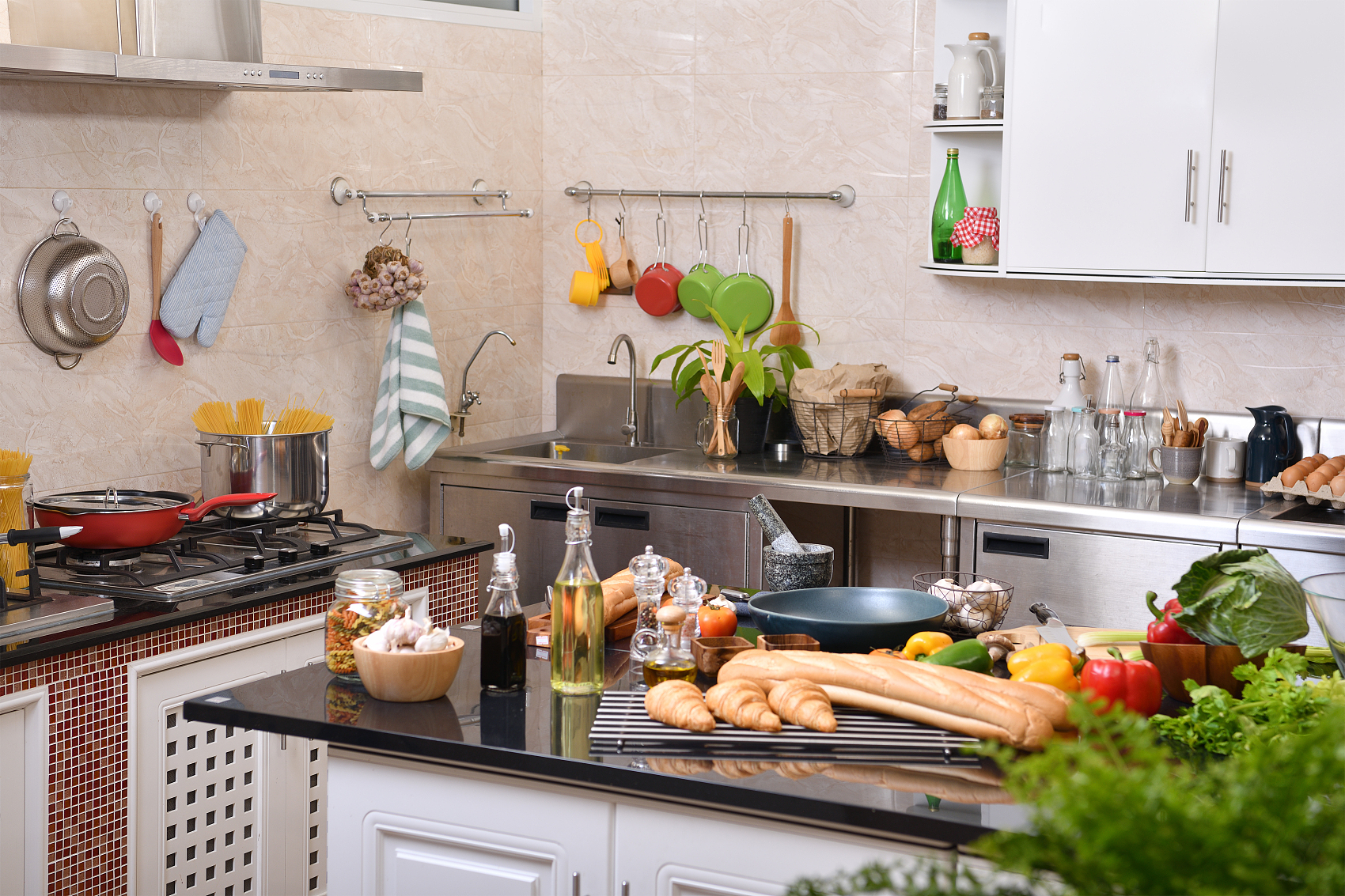Home automation is all about using technology to make everyday tasks at home easier and more convenient. It can range from controlling your lights and appliances to managing your security and heating systems. With the right setup and a bit of guidance, anyone can get started and reap the benefits of a smarter, more efficient home.
Getting Started
The first step is to decide what you want to automate. Ask yourself: Do you want to control your lights and appliances through your phone? Adjust your thermostat from anywhere? Keep an eye on your home security when you’re away? Think about your specific needs and priorities because there are plenty of options to choose from, depending on your budget and goals.
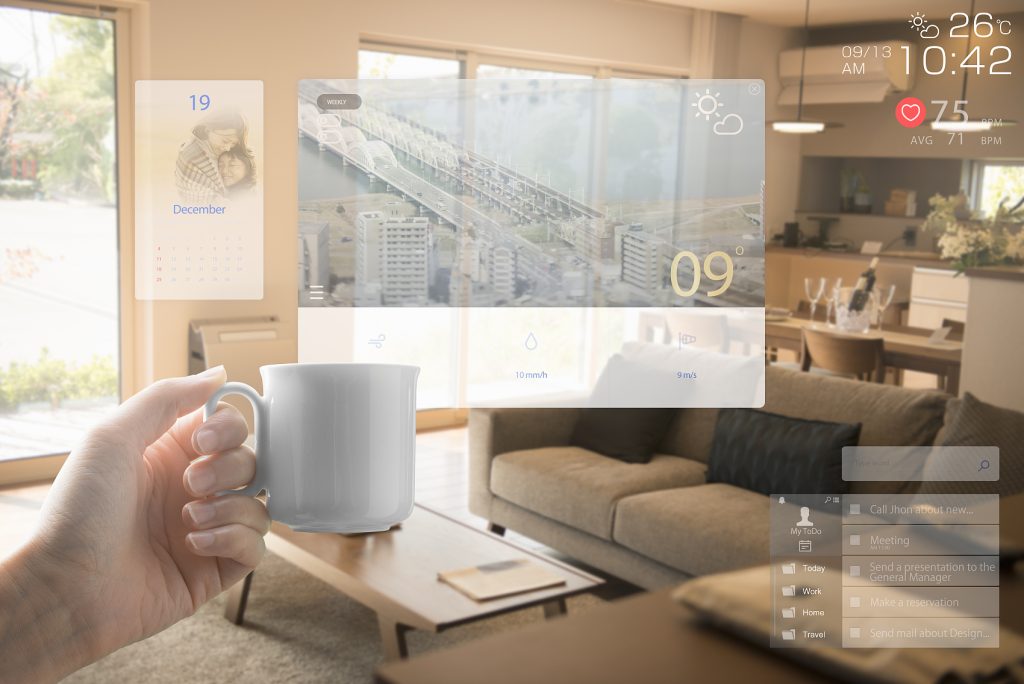
Choosing the Right System
Once you know what you want, the next step is to pick a home automation system that fits your needs. There are many systems available, from easy plug-and-play devices to more complex setups that might need professional installation. Popular options include smart plugs, thermostats, security systems, and lighting. The right choice will depend on your home and the level of automation you want.
Compatibility Matters
Before you start buying devices, double-check their compatibility. Some gadgets work only with specific systems, so it’s important to make sure everything can connect smoothly. For example, if you’re looking at a smart thermostat, ensure it’s compatible with your home’s existing heating and cooling setup. Ideally, you want all your devices to work under one app or platform for easy management.
Setting It Up
Once you have your devices, start small and build from there. You could begin with a simple smart plug to control a lamp, or go all-in with a smart security system. Some systems even allow you to set up “scenes” or “routines” – a series of pre-set actions that happen with a single command. For instance, a “goodnight” routine could turn off all your lights and lock the doors when it’s bedtime.
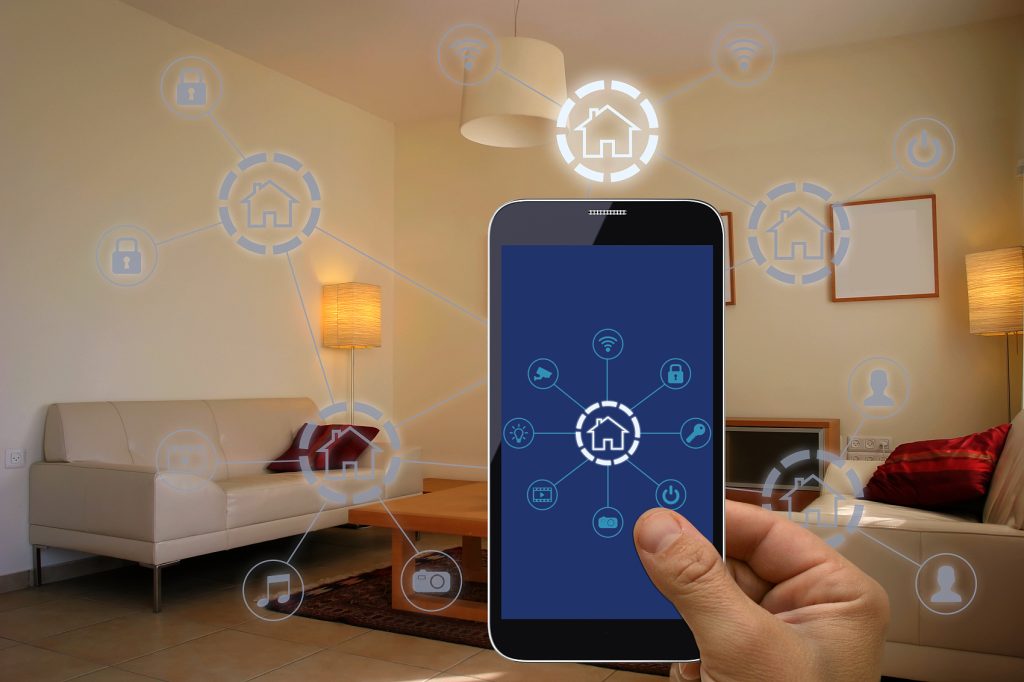
Benefits of Home Automation
Home automation isn’t just about convenience; it can also help you save time and money. For example, using a smart thermostat to automatically adjust heating and cooling when you’re not home can lower your energy bills. You can also use smart appliances that operate during off-peak hours, reducing your utility costs even further.
Staying Up-to-Date
The world of home automation is always evolving, with new devices and features coming out regularly. Whether you’re looking to automate just a few tasks or your entire home, there’s a system out there that can match your needs. With a bit of planning and some basic tech skills, you can start enjoying the perks of home automation today.




